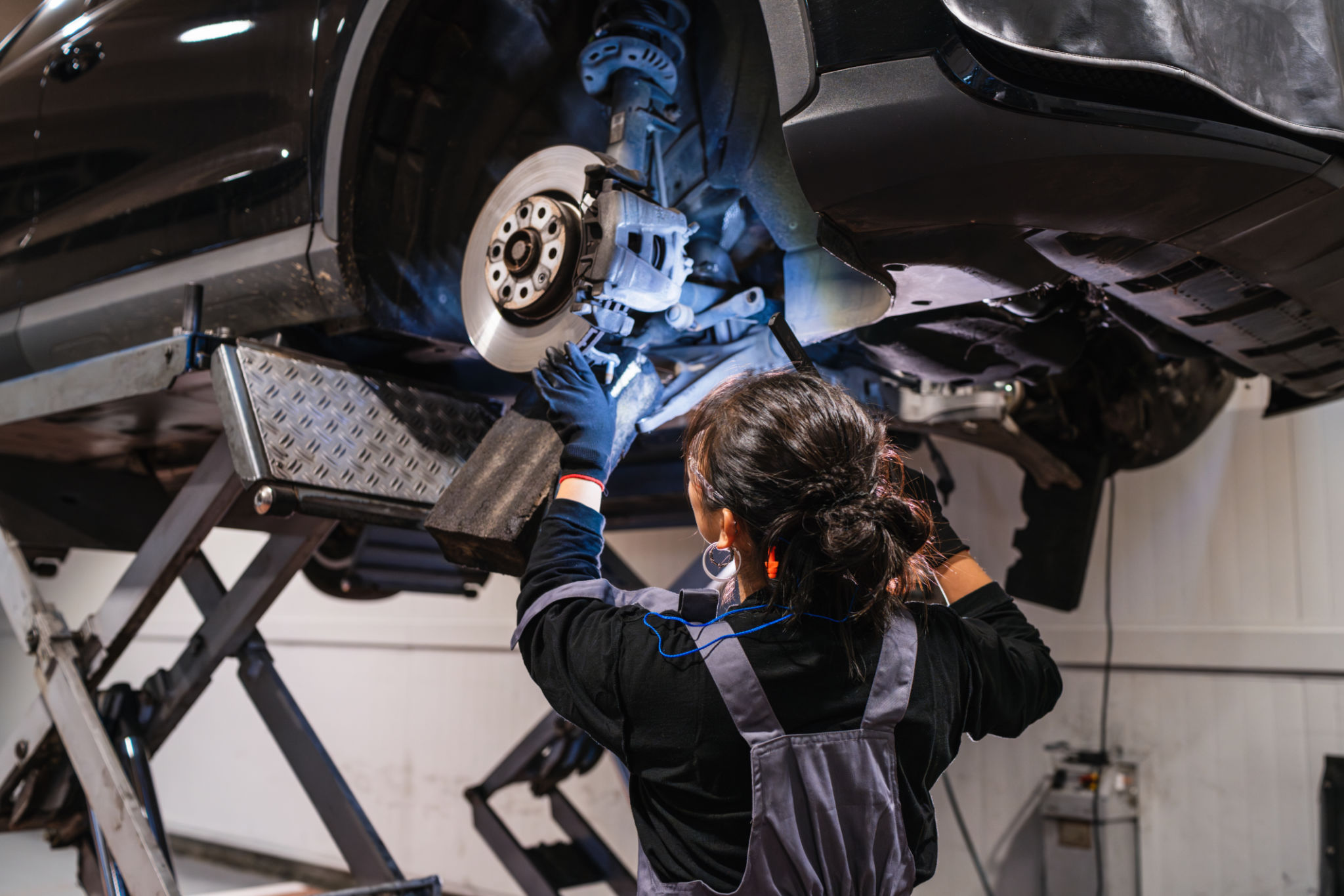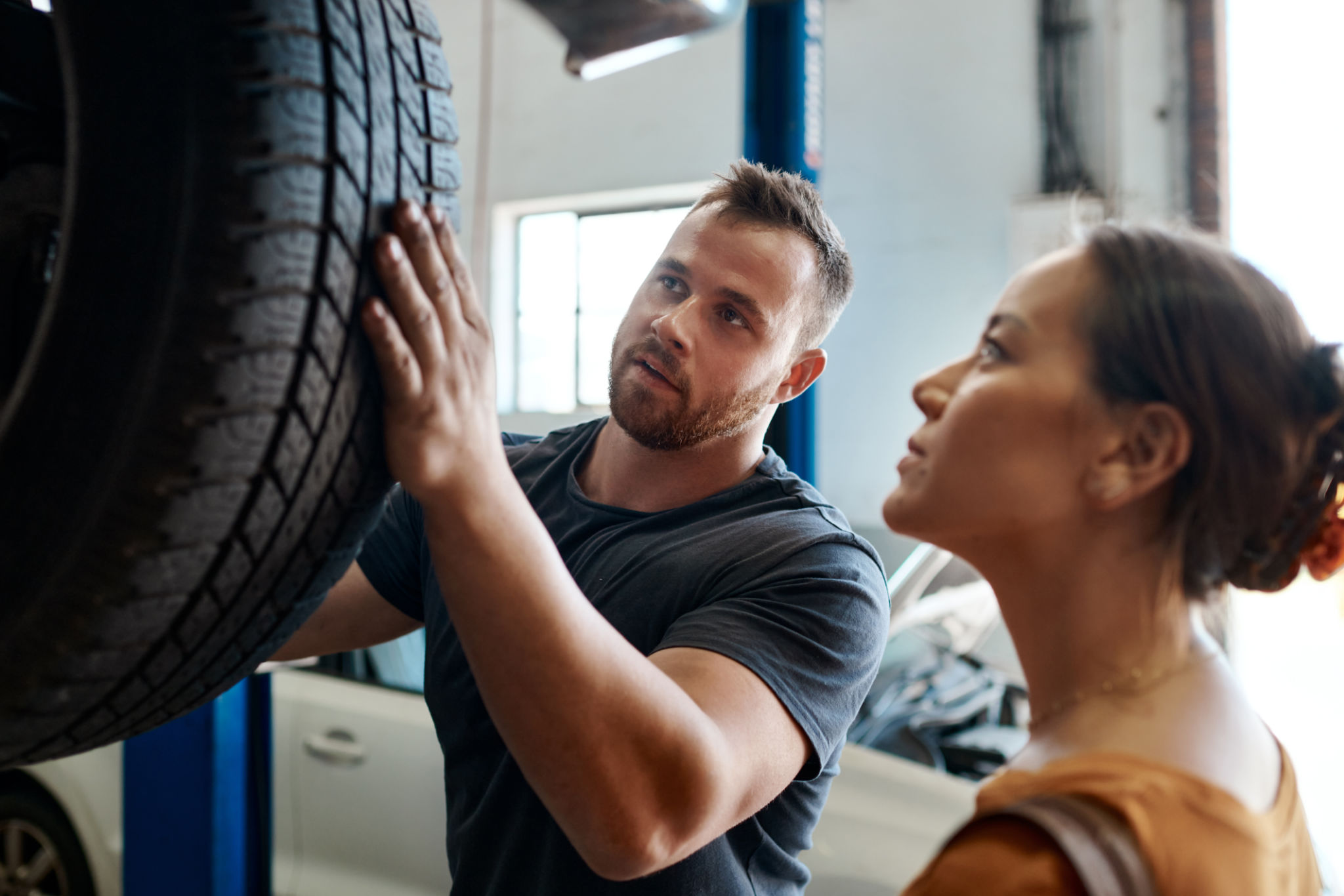DIY Car Inspection: What You Can Check Before Seeing a Mechanic
Understanding the Importance of DIY Car Inspections
Regular car inspections are crucial for maintaining your vehicle's health and ensuring your safety on the road. While professional mechanics provide a thorough check-up, there are several things you can inspect on your own before heading to the shop. Learning to perform a basic DIY car inspection can save you time and money, and help you identify potential issues early.

Check Fluid Levels
One of the easiest yet essential checks involves fluid levels. Begin with the engine oil. Remove the dipstick, wipe it clean, reinsert it, and then remove it again to check the oil level. Ensure it falls between the minimum and maximum marks. Additionally, inspect the color and consistency of the oil; if it's dark or gritty, it might be time for a change.
Don't forget about other fluids such as coolant, brake fluid, and power steering fluid. Each of these fluids plays a vital role in your car’s performance, so it’s crucial that they are at appropriate levels and free from contamination.
Examine Tires for Wear and Tear
Tires are your car's primary contact with the road, making their condition vital for safety. Check the tire pressure using a reliable gauge and ensure it matches the manufacturer’s recommended levels, usually found in the owner’s manual or on a sticker inside the driver’s door.

Inspect the tread depth by using a penny. Insert it into the tread groove with Lincoln’s head upside down. If you can see all of his head, it's time to consider replacing the tires. Additionally, look for any signs of uneven wear, which might indicate alignment or suspension issues.
Test Lights and Signals
Properly functioning lights and signals are crucial for safe driving, especially at night or during inclement weather. Test all exterior lights, including headlights, taillights, brake lights, and turn signals. Enlist a friend to help if needed, ensuring all lights are operational and bright enough.
If any bulbs are out, they can often be replaced easily at home using basic tools. Refer to your vehicle’s manual for instructions on accessing and changing bulbs.

Inspect Belts and Hoses
Belts and hoses play a critical role in keeping your engine running smoothly. Open the hood and visually inspect the belts for any signs of cracking or fraying. The serpentine belt is especially important, as it powers multiple engine components.
Similarly, check hoses for any leaks, bulges, or soft spots. These issues could lead to engine overheating or failure if not addressed promptly.
Evaluate Brake Condition
Your vehicle's braking system must be in top condition to ensure safety. Listen for any unusual noises when applying the brakes, such as squealing or grinding. These sounds can indicate worn brake pads or rotors.
Also, pay attention to how your car responds when braking; if it pulls to one side or if the pedal feels soft or spongy, these could be signs of brake system issues that require professional attention.
Conclusion
Performing a DIY car inspection is an empowering way to understand your vehicle better and maintain its health between professional services. By regularly checking fluid levels, tire conditions, lights, belts, hoses, and brakes, you can catch potential issues early and ensure your safety on the road. While these checks are helpful, don't hesitate to consult a mechanic for more complex concerns or repairs beyond your expertise.